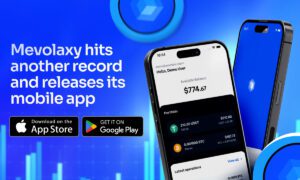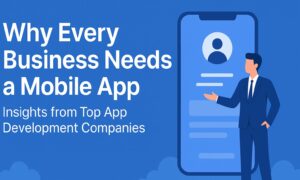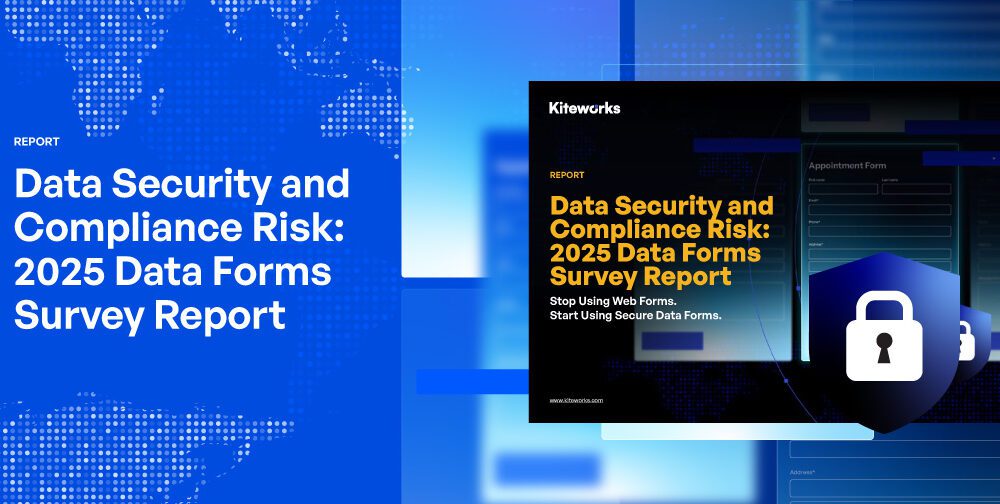Developing a mobile app is only half the battle — the real challenge lies in turning that app into a profitable venture. Whether you’re building games, tools, or lifestyle apps, having a clear mobile app monetization strategy is critical for long-term success.
Without a structured approach, you risk relying on guesswork, losing revenue opportunities, or even pushing users away through poor monetization decisions.
Popular Monetization Methods
- Programmatic In-App Ads: The most popular and scalable method. Integrating a supply side platform (SSP) allows app publishers to sell ad inventory programmatically and automatically. This is ideal for apps with large user bases and high engagement.
- Subscriptions: Provide continuous access to premium features or exclusive content. This model is widely used in fitness, meditation, and productivity apps.
- One-Time Purchases & IAPs: Users pay once or buy virtual goods — effective for games and utility apps.
- Hybrid Models: Combine ads and subscriptions, offering an ad-free experience to paying users.
Why Choose Programmatic Monetization?
SSPs like Bidinfluence empower developers by automating ad sales and connecting them with premium advertisers. You maintain control over ad formats, frequency, and placement — while the platform handles optimisation and revenue maximisation behind the scenes.
Key Tips for Success
- Know Your Users: Match monetization methods to user intent and behaviour.
- Test and Iterate: Run A/B tests to identify which strategies work best.
- Respect UX: Poorly placed or excessive ads can hurt retention.
- Use Analytics: Monitor revenue, churn, and user flow to fine-tune your strategy.
Conclusion
No matter how innovative or engaging your app is, without a smart mobile app monetization strategy, you’re leaving money on the table. By combining user-first design with programmatic tools and performance data, developers can build revenue models that grow with their apps — not against them.
FAQs
Why is a mobile app monetization strategy essential for developers?
A monetization strategy ensures that developers can generate consistent revenue from their app. Without one, it’s easy to miss profitable opportunities or negatively impact user experience through guesswork.
What are the most popular monetization methods for mobile apps?
Common methods include programmatic in-app ads, subscriptions, one-time purchases and in-app purchases (IAPs), and hybrid models that combine multiple approaches.
How does programmatic advertising benefit app developers?
Programmatic ads, especially via Supply Side Platforms (SSPs) like Bidinfluence, automate ad sales and optimize revenue. Developers gain access to premium advertisers while retaining control over ad placement and user experience.
Which monetization model works best for different app types?
- Games & utility apps: Often perform well with IAPs and ads.
- Fitness or productivity apps: Typically succeed with subscription models.
- Large user bases: Best suited for programmatic advertising due to scalability.
Can I use multiple monetization methods in a single app?
Yes. Many developers use hybrid models, such as showing ads to free users while offering a subscription to remove them. This maximizes revenue while catering to different user preferences.
How do I ensure monetization doesn’t hurt user experience?
Balance is key. Avoid intrusive or excessive ads, respect user flow, and monitor feedback. A/B testing and analytics can help fine-tune placements without compromising the user experience.
What tools or data should I use to optimize my monetization strategy?
Use in-app analytics to track user behavior, churn rates, and revenue performance. Combine these insights with A/B testing and SSP dashboards to continuously improve your monetization results.



































